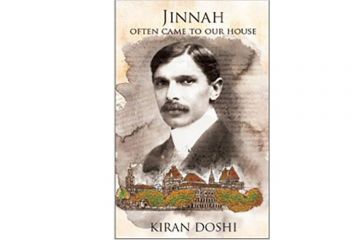
In 1994, Channel Four of the UK, telecast in the middle of
the night a black-and-white Hindi movie that had been released more than 50
years earlier. Derek Malcolm, one of the internationally renowned British film
critics of the day gave a five-star rating to the movie in Radio Times—a rare
rating for an Indian movie that had melodramatic content.
What is so special about Baiju Bawra? That it was
just a melodramatic love story became incidental and even forgotten amid the
grand music w





